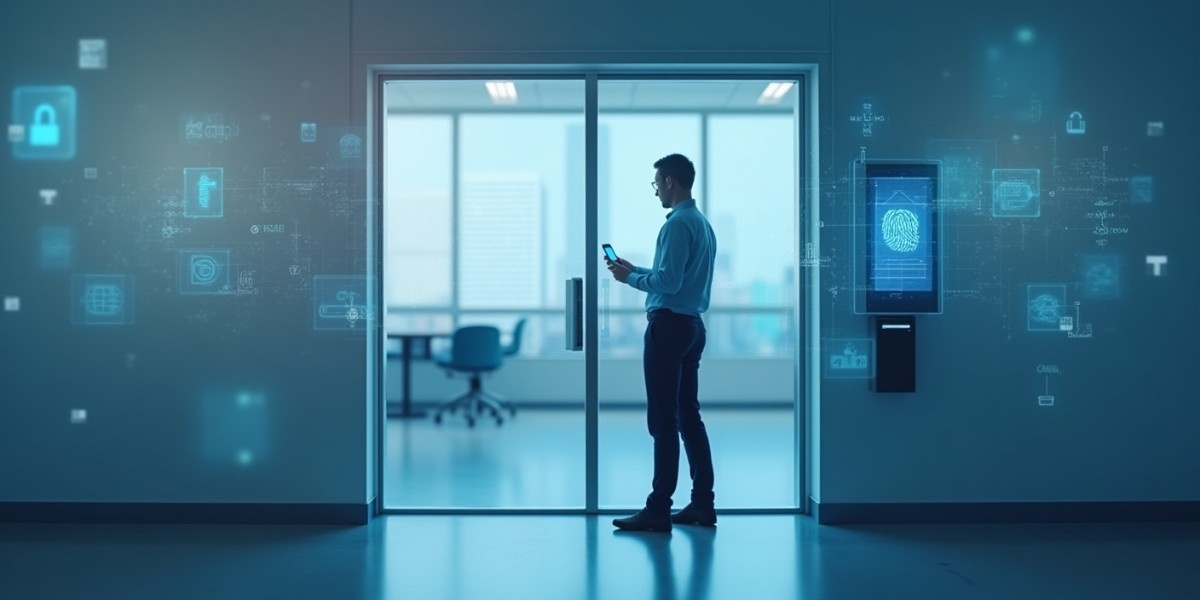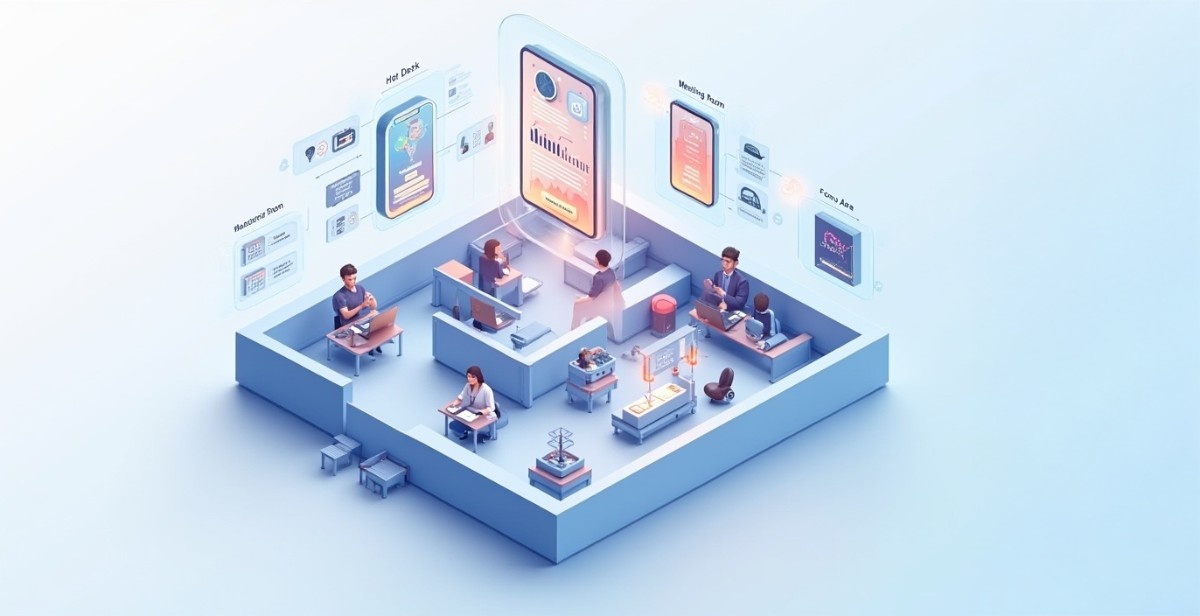How flexible would the post-covid work culture be? Is hybrid the only answer? How would the safety measures be defined? Would the level of teamwork be as it was before the pandemic? The discussion about the future of work, as well as its social and organizational ramifications, is now a daily occurrence. As the Covid-19 cases fade away, the work regulations are beginning to change again.
The pandemic has pushed businesses to reinvent themselves, allowing them to reflect, re-invent, and re-architect their business models to allow more options, flexibility, and autonomy — it’s time to make work better for people and people better at work.
When will things get back to normalcy?
With more than 40% of the world’s population being partially vaccinated, the world’s largest immunization program in history is being witnessed. According to infectious disease experts, having vaccinated almost 70% to 85% of the US population would allow for a return to normalcy. By the end of 2021, enough people in the industrialized world will have been vaccinated to allow previously closed offices to reopen and work to resume.
The Pandemic: Catalyst for Change at Workplaces
Tech businesses have adopted a variety of policies about remote work in reaction to the epidemic. Apple, Facebook, Google, and Salesforce have adopted hybrid models, allowing some remote work while requiring all employees to work from the office on specific days. Coinbase, Shopify, and Twitter, on the other hand, have claimed that they are now “remote first” or “digital by default,” allowing workers to work from home “forever.” It is becoming increasingly evident that the workplaces in question have irreparably changed. Companies have declared explicitly that hybrid work will be the dominating approach in the near future. There are several concerns surrounding hybrid work for both individuals and company executives, ranging from the “asymmetry of access” to the challenges of having a digital “presence” in the office.
Companies like Netflix, which has stated that not being able to meet in person is a “pure negative,” and Amazon, which has stated that an “office-centric culture” is their foundation, are on the opposite end of the spectrum.
Re-Architecting the Workplace of the Future
As a result of the epidemic, the largest work experiment in contemporary history has taken place. The switch has been initiated from having a:
- Centralized authority and hierarchies TO a dynamic network of teams
- Commands & control TO improved trust and autonomy
- Using technology for task assistance TO deploying intelligent machines
- Profits and shareholder value are the primary concerns TO the emergence of social enterprises
- A strong emphasis on health and safety TO Increasing happiness and significance
The 4 Potential Future Work Models
With the emergence of a new work environment, the prime focus is on – when, where, and how the work is completed. The degree of choice, flexibility and autonomy available for work models is determined by the decisions organizations make about when and where work takes place, as well as how and what work is performed.
Here are the 4 worlds of future work as quoted by the Deloitte research and analysis team:
- Collaboration & Co-working: These teams thrive when they are physically co-located and use digital tools and platforms to connect with remote colleagues as needed.
- Personalization & Autonomy: In virtual-hybrid environments, employees collaborate across fluid networks of teams to complete client missions.
- Secure, social & stable: Employees are most at ease when they are working together, and they thrive when they are socially and physically connected.
- A place & time for choice: Work is carried out using traditional, functionally aligned structures, with a lot of flexibility in terms of location and completion time.
Summary: Hybrid is here to stay
One thing is certain: as virtual and real workplaces merge, knowledge workers’ freedom and flexibility will improve, even as we tackle other cultural hurdles along the road. We’ll move closer to realizing the dream of being able to work from anywhere, in the broadest sense of the term — not just contributing individually, but also collaborating, leading, producing, connecting, including, and being included.
With solutions like hot-desking and visitor management system, businesses have been successful in transition to a post-covid office setup. Workspace automation partners like Veris empower organisations through their journey of creating a smarter environment for the employers as well as the employees.






































.avif)
.avif)





